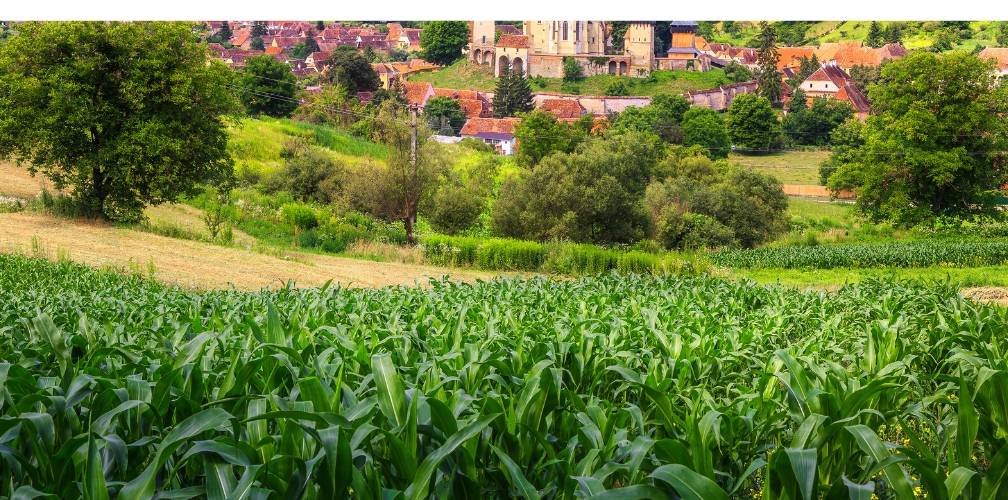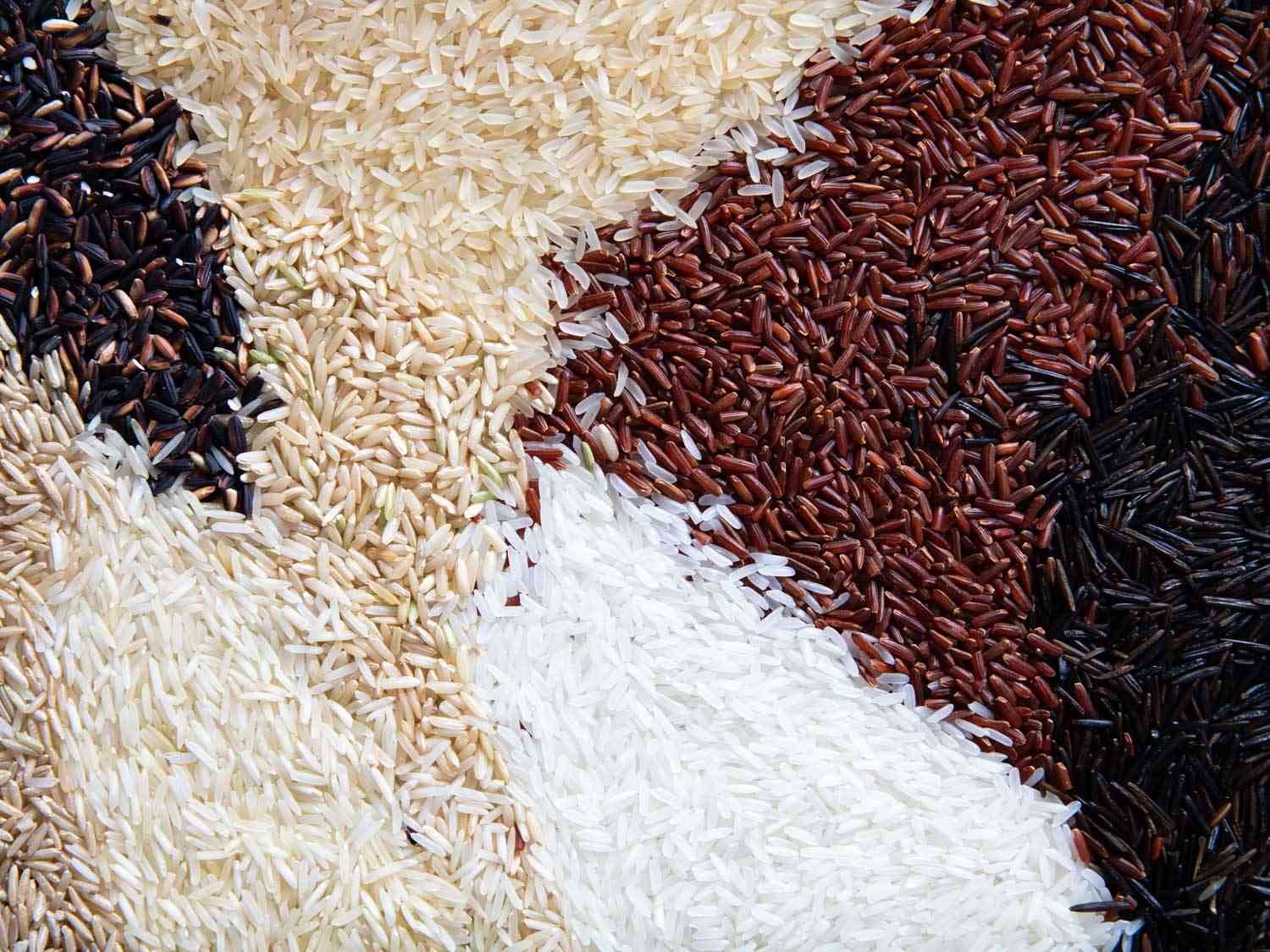Urban farming has many social, economic and health benefits. Unfortunately, it faces many challenges that limit its full production and marketing potential. As a result, its not priority area in urban and city planning. In many countries in Africa and Asia its treated as a neglected survival mechanism for the urban poor populations.
In this post, we will explores some of these key obstacles in brevity. Some simple solutions are recommended too.
Key challenges affecting urban farming
The following are the nine challenges affecting urban farming around the word. They are common in all city farms whether a community garden, commercial farms or youth enterprises;
- Limited land space
- Inadequate water supply
- Environmental pollution
- Soil Contamination
- Pests and diseases
- Theft and vandalism
- High cost of production
- Low access to credit
- Strict rules and regulations
Limited land space
City farms are shrinking fast. It occurs as urban and peri-urban areas previously zoned as farming land is used for residential and industrial buildings. The little available space is very expensive to lease, hire or buy. As a result there are many incidences of land squats and encroachments of empty land along roads, railways and riparian lands. As the farmers fear unannounced reclaims, urban gardening remains a simple subsistence venture characterized with low investments given insecurities associated with it.
Solutions; To deal with the agriculture land question in towns, here is a list of innovations in that other other urban farmers are doing. you can adopt the ones relevant for you.
- Roof top farming in sacks, and recycled containers
- Backyard farming in raised gardens and tower farms
- Adopting soilless vertical farming such as hydroponics
Inadequate water supply
Many cities and towns are water-scarce around the world. There is unreliable clean water supply for domestic use and hygiene leave alone agriculture uses such as irrigation and watering animals. Water rationing in drier months and vending using water bowsers, water kiosks and hawkers on foot is common. The urban farmer has no other option to neglect high value farming such as vegetable farming. The bold ones engage in illegal water or use of untreated sewage waters which has man health risks.
Solutions; as a willing urban farmer, you can ensure an ample supply of water for irrigation, watering animals and other uses by.
- Invest in Cheap rain water harvesting using underground and surface (plastic, steel, concrete) water tanks
- Use water conservation irrigation methods such as drip irrigation
- Practice conservation agriculture that conserves water moisture
- Plant fast maturing crop varieties or drought resistant seeds
- Invest in water cleansing
Environmental Pollution and public health
Intensive urban farming and food processing results is a huge contributor to water, soil and air pollution. Most of farm produce from urban gardening contain high concentrations of heavy metals such as lead. Use of polluted or raw sewage water contributes to contamination of human foods. Livestock farming in urban setting is argued to contribute to air and land pollution through animal excreta and wastes with unpleasant odors. Heavy use of chemical fertilizers and pesticides leads to exposure that may affect people health
Solutions; Are you a responsible urban farmer looking to reduce your carbon foot print and reduce air pollution? The best ways to reduce urban farming pollution are;
- Practice organic farming that limit use of synthetic fertilizers and pesticides
- Comply with all environmental and agriculture rules and regulations in your city
- Invest in responsible waste management such as composting of animal waste and making bio gas
Contaminated soils
Most soils in city farms are highly contaminated. It is a result of both manmade or natural pollution such as leaks from sewer lines or diffusion of herbicides, pesticides and insecticides. Other causes of soil contamination are release of toxic vehicle emissions, illegal dumping, lead-based paint contamination and accidental leakage of petroleum products. Contaminated soils has poor nutrition and health to give you enough yields.
Solutions. Are you an urban farmer looking to solve the soil pollution challenge? The list below has the most innovative methods
- Bring in healthy soils from virgin lands and forests ( its expensive and adds to the cost of farming)
- Grow crops in soil-less growing media such as cocopeat, rice hulls and perlite.
- Invest in simple vertical farming methods
- Grow crops on commercial top soils, farm yard manure etc.
Pests, predators and diseases
- Similar to rural farming, urban agriculture is prone to pest and disease attacks. While this occurs, it has three major effects on your urban farming projects.
- Livestock such as cows and goats can destroy crops on unfenced city farms.
- Predators will often kill poultry and rabbits in poor shelters
- Pests such as rodents and insects contribute to high post-harvest food losses.
- crop protection and animal health management is costly due to high prices of pesticides and antibiotics
- Misuse of agrochemicals can leads to food contamination an environmental pollution.
Solutions; to succeed as an urban farmer in dealing with pests, predators and diseases, consider the following recommendations;
- Invest in protected agriculture by installing greenhouses, fencing and gates
- Observe pesticides safe use and proper handling pesticides
- Follow good farming practices to reduce pollution
Theft and vandalism
Theft or destruction of crops and livestock is a common menace in urban farming. Its a result of rising levels of urban unemployment, poverty and increased food prices in towns. The most stolen food crops are maize, bananas, tomatoes, kales, rabbits and chicken given their high market value. Where you are growing crops illegally in a private or public land, it may be cleared unannounced.
Solutions; How can I reduce theft and vandalism in my urban farm? Below are the best methods to reduce or deter thiefs stealing your crops or livestock on your urban farm.
- Invest in security measures such as proper chicken or rabbit houses and fencing.
- Employ guards
- Conduct unpredictable farm visits and scouts
- Enter into lease contracts for permission to use land
- Plan for collective or community gardening to get a buy in from all neighbors
High costs of production
In comparison to rural agriculture, urban cultivation is relatively more expensive. It arises from the high costs of securing farming land, buying and treating water, acquiring licenses and permits and paying for expensive labor and housing among others. Given this is competing amongst rising costs of living, the sector suffers from underinvestment. The inadequate investment makes its performance very poor below its potential.
Solutions; what are best tips to reduce your cost of production in urban farming. As an urban farmer, the list below has ways you can reduce your cost of production.
- Adopt commercial Farm management practices such as use of crop calendars and a farm business plans
- Invest in cheap farming methods such as recycling containers for vegetable farming
- Lease/borrow instead of buying farm equipment
Low access to credit
Urban agriculture requires huge investments to establish and run. Most of the urban farmers are the urban poor who are vulnerable and financially excluded from commercial banks. These youth and women do not own or control land or other forms of wealth for use as collateral security. A few turn into expensive informal borrowing for farming activities. Since they only get low yields, they have insufficient incomes to repay their debts.
Solutions; Various initiatives exist to help you get cheap funding and loans for urban farmers. To tap into this opportunity here is what to do;
- Join an urban farmers producer group for collective bargaining and negotiations for loans and invoice credits with banks and suppliers,
- Start a village based bank and credit association to save and borrow cash for farming activities
- Work with an NGO assisting urban farming projects near you
- Invest in financial literacy programs for women and youth to empower yourself in business plans, grants and proposal writing
- Borrow cheap agriculture loans from fintech solutions such as agriwallet
Prohibitive rules and regulations
Except in the Asian Cities, Urban farming is seen as alien activity in towns. Many countries and cities have enacted and executed strict land zoning policies and certification regulations that impact negatively on urban agriculture. Your municipality may lack a facilitative legal framework on agricultural production, supportive infrastructure, marketing, and access to quality inputs for urban farmers In execution of these policies, some cities have adopted punitive measures such as hacking down crops or fining farmers expensively. Certification and licensing fees serve as a constraint for many farmers. Many farmers have focused on either a social dimension or a subsistence outlook rather than producing for the market.
Solutions; To ensure compliance with rules and work towards creating an enabling environment for urban farming you should,
- Join an urban farmers association for lobbying, learning and representation
- Engage traders in your nearest farmers market for networking and direct sales.



